Stereo vs Mono has been the heart of many debates in the music industry for years.
It’s not just about left or right, one channel or two 一 it’s about a comprehensive sonic experience that every music producer should master.
It’s pivotal to grasp the essence, applications, and distinctions of these audio formats if you want to create professional audio tracks.
Depending on your intent, this knowledge can significantly transform your mix, adding depth or focusing intensity.
That’s why we’re covering all the intricacies of stereo vs mono to enhance your music.
In today’s article we’ll be breaking down:
- Stereo vs mono ✓
- Understanding mono and stereo audio ✓
- Stereo recording and mono recording (techniques) ✓
- The mixing process: stereo vs mono ✓
- Manipulating the stereo field ✓
- Expert tips for getting the most out of stereo and mono ✓
- Professional techniques in which to enhance your audio tracks ✓
- Much more ✓
Armed with the insights from this article, you’ll be able to harness the full power of both mono and stereo audio.
You’ll understand the depth of soundscapes, manipulate audio channels with finesse, and shape music that resonates.
Therefore, you can transform your beats from basic to pristine completely.
So, let’s dive in…
Table of Contents
- The Basics: What Are Stereo and Mono
- How To Record in Stereo and Mono
- Mixing Process: Working with Stereo and Mono Tracks
- Getting Creative with the Stereo Signal
- Common Pitfalls to Avoid: Mono vs Stereo
- Creating Stereo From Mono Signals
- Bonus: Demystifying Mid-Side (MS) Audio & Logic’s Dual Mono
- Stereo vs Mono: Final Thoughts
The Basics: What Are Stereo and Mono
Stereo and mono are foundational concepts, but each (mono/stereo) brings a unique texture and dimension to audio production that you’ll need to know.
-
Understanding Mono Audio
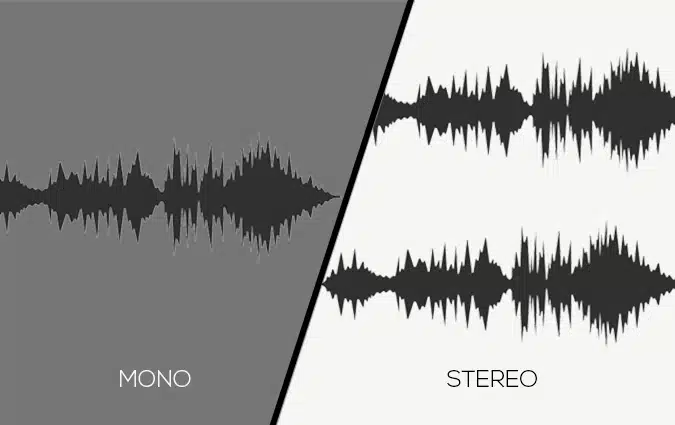
At its core, mono audio is sound from a single audio channel.
Whether you’re playing it through speakers or headphones, mono sound emanates uniformly, giving the perception that the sound source is centered.
Even if you have multiple speakers in your setup as opposed to a single speaker, a mono sound source will send the same signal to all of them.
Historically, many recordings were in mono, primarily due to technological constraints.
However, in modern times, mono audio has found its niche, especially in specific elements of an audio track where centering the sound source is crucial.
Consider the punchy kick in a trap beat or the crisp snare in a hip-hop track.
Using mono ensures these elements remain focused and aren’t lost in the wider stereo field.
Mono audio also plays a crucial role in compatibility.
Many playback systems (especially in public spaces) still utilize mono 一 making it essential for producers to ensure their mixes sound consistent across various systems.
Remember, when you work with a mono audio file, the same sound is sent to both speakers, ensuring consistency.
This is unlike stereo, where different mono signals can be sent to each speaker.
-
Diving Into Stereo Sound
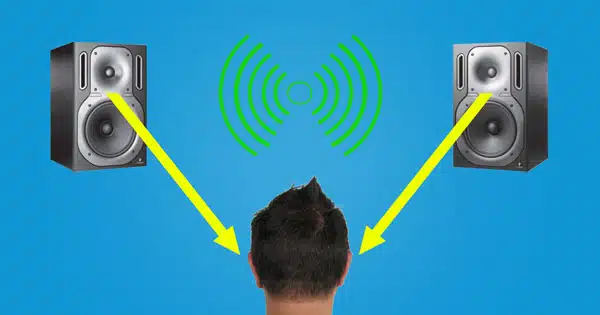
Stereo sound, on the other hand, employs two audio channels, referred to as the:
- Left channel
- Right channel
This configuration provides a spatial dimension to stereo sounds, offering a sense of width and depth.
When you listen to a stereo audio file, the sound source’s localization becomes more evident.
This separation allows you to place different elements in distinct positions within the stereo field 一 enhancing the listener’s immersion.
For instance, in a hip-hop track, a synth might pan slightly to the left while a hi-hat flutters to the right.
When listening to the stereo version of your tracks, these subtle placements contribute to a richer listening experience, especially on stereo systems or headphones.
But stereo’s charm doesn’t end there…
It’s not just about left and right channels, a stereo system, or two speakers.
It’s all about creating a holistic sound environment that captivates and transports the listener to another world.
How To Record in Stereo and Mono
Now that you have a basic understanding of mono/stereo let’s talk about recording for a minute.
Navigating the nuances of recording (stereo recording and mono recording) can make all the difference in achieving the desired sound texture.
-
Mono Recording Techniques
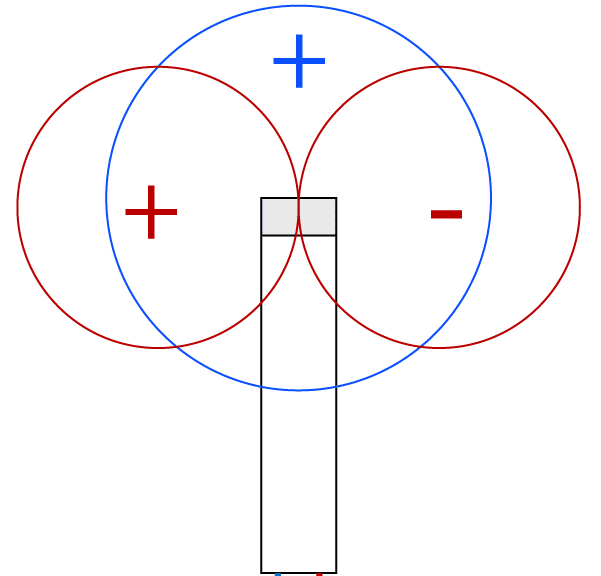
Mono recording captures sound through a single microphone, creating a one-dimensional sound channel.
This technique produces identical audio regardless of speaker or headphone positioning.
A classic example is the focused punch of a kick drum in a trap song, where its central presence is vital.
Mono truly shines when there’s a need to ensure that an audio element remains at the forefront of your mix.
For instance, the iconic vocals in James Brown’s “It’s a Man’s Man’s Man’s World” were recorded in mono to maintain their commanding presence.
For music producers, especially in hip-hop and trap, mono recordings offer an advantage when centering and highlighting a sample or a specific drum hit.
The aim is to give that element prominence in the mix 一 ensuring it doesn’t get overshadowed by other stereo elements.
Today, even with advanced technology, mono remains essential.
For instance, club systems often sum tracks to mono, and a well-recorded mono track helps the music retain its energy/impact.
-
Stereo Recording Methods
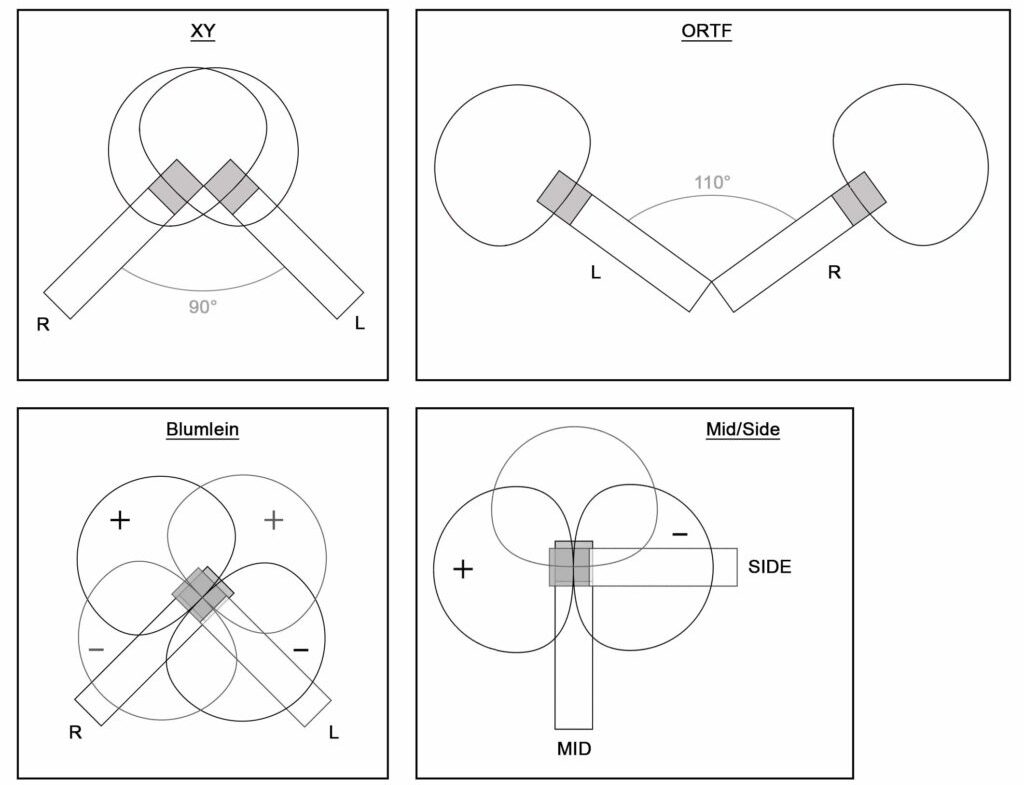
Stereo recordings employ at least two microphones to capture a sound source, creating a multi-dimensional audio field.
This technique provides listeners with a sense of:
- Space
- Width
- Depth
For example, think of the guitar strums in “Hotel California” by the Eagles.
The strums feel alive and spaced out, which makes the listener feel surrounded and immersed.
Common stereo techniques include:
- XY 一 Microphones are placed at an angle to capture a coherent stereo image without phase issues.
- AB 一 Mics are spaced apart to capture a broader sound.
In hip-hop and trap, stereo recording can bring life to overhead drum mics, capturing the shimmer of cymbals or the room’s ambiance around a snare.
It can also provide a spatial feel to synth pads or atmospheric samples.
A keen understanding of stereo techniques can help you paint a vivid audio picture and craft a soundscape where each element has its distinct place.
Mixing Process: Working with Stereo and Mono Tracks
The art of mixing is where the magic happens, and understanding the interplay between stereo and mono is paramount, so let’s get into it.
-
Managing Mono Tracks
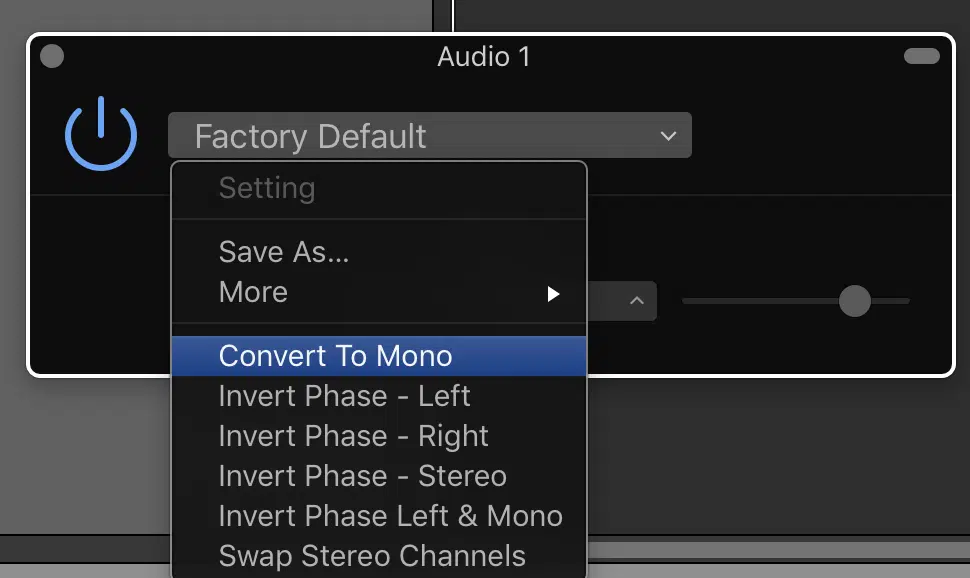
Mono tracks, by nature, dominate the center of a mix.
When mixing, it’s crucial to ensure these tracks don’t overpower others.
For instance, a mono-recorded lead vocal in a hip-hop track should be prominent but not so loud that it drowns out the backing vocals or beats.
Equalization (EQ) plays a significant role here.
By carving out specific frequencies for the mono track, you can ensure it sits well in the mix without clashing with other elements.
Compression is another tool.
By controlling the dynamic range of a mono track, it can be blended seamlessly, ensuring consistent energy levels.
Think of Kendrick Lamar’s vocals in “HUMBLE” 一 they’re centered, clear, and consistent throughout.
-
Manipulating the Stereo Field
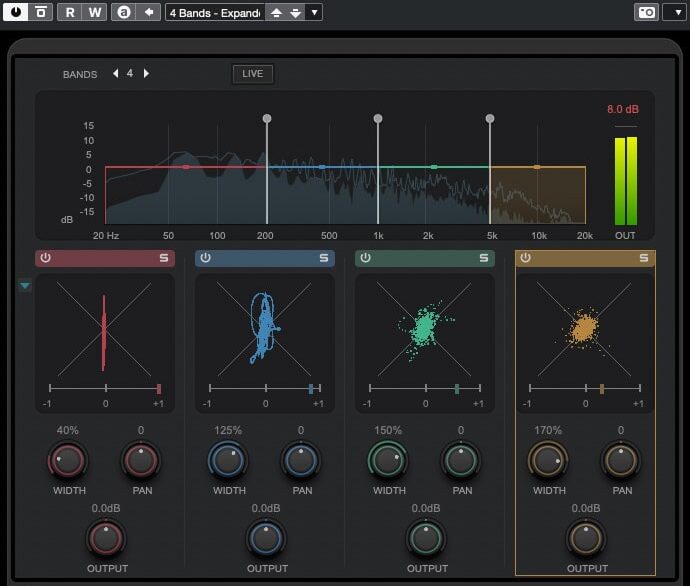
The stereo field is like an expansive canvas, allowing you to place sound sources in various positions.
By panning elements left or right, a dynamic and engaging listening environment is created.
Consider the swirling effects and synths in Travis Scott’s “SICKO MODE.”
These elements (placed across the stereo field) provide depth and movement 一 enhancing the song’s trippy vibe.
NOTE: Tools like stereo enhancers or imaging plugins can widen or narrow the stereo image.
This manipulation can make a pad sound expansive or a stereo-recorded guitar feel more centered.
However, like everything else in music production, balance is key to sculpting pristine tracks.
Overdoing stereo effects can cause a mix to sound disjointed, which is why periodic checks in mono are essential.
Getting Creative with the Stereo Signal
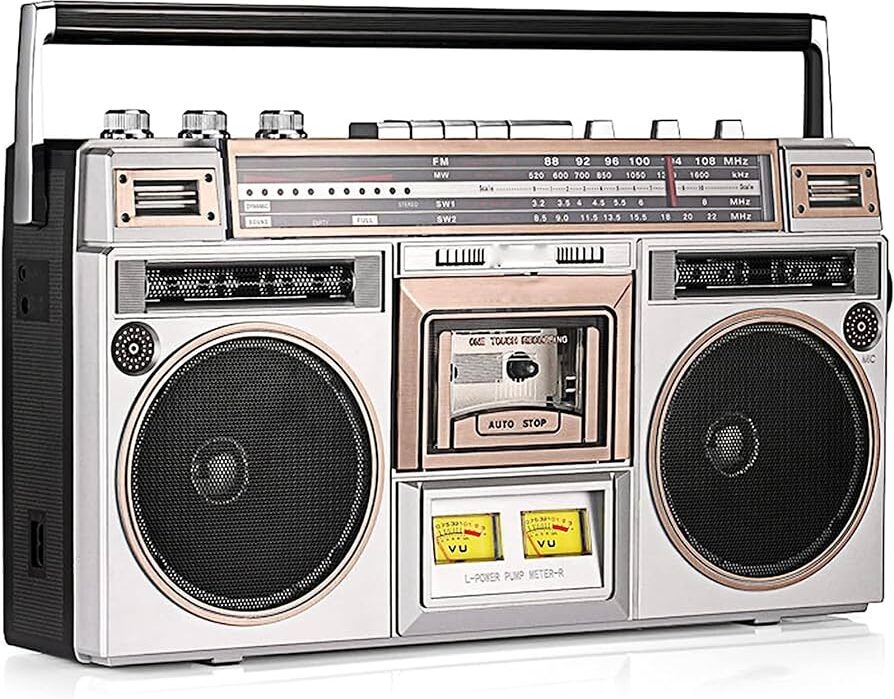
Hip-hop and trap are genres that thrive on intricate details in sound design.
The play between stereo and mono is of particular importance to bring out the unique flavors of popular genres (like hip-hop).
Most of the time, it’s beneficial to keep your kick drums and basslines in mono.
This is because it ensures that they punch through the mix, irrespective of the mono/stereo speakers or headphones your listeners use.
NOTE: This is known as ‘Stereo Translation’ or ‘Mono Compatibility.’
However, don’t be afraid to pan some of your percussive elements or use stereo effects to give your beats some width.
Think about those luscious trap synths or ambient pads…
Utilizing stereo here will help widen your mix, making it feel expansive and more atmospheric.
When layering synths or samples, slightly panning one to the left and another to the right (slightly) to enhance the stereo image.
Let’s talk about vocals for a second:
- The main vocals 一 Typically remain central (mono).
- The ad-libs, background vocals, or doubles 一 Can be panned to create a dynamic stereo field.
This technique can make your vocals sound fuller and more engaging.
These doubles and ad-libs are also the ideal materials to get creative with stereo width.
You can even throw in some mid/side magic (which we will discuss shortly), even if it only applies certain effects to the stereo signal.
Common Pitfalls to Avoid: Mono vs Stereo
Navigating the stereo and mono realms is like walking a sonic tightrope; missteps can lead to a muddy or disoriented mix.
Here are some pitfalls to sidestep when diving into stereo vs mono intracacies.
#1. Over-Panning
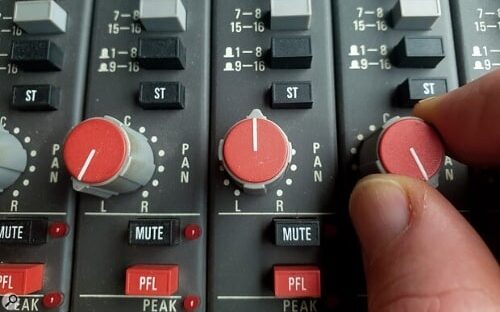
Panning elements too hard left or right (near 100%) can cause an imbalance in your mix, especially when played on a bigger stereo playback system or in the club.
So, always check your mix in mono to ensure it still sounds cohesive.
I know this sounds like such a minuscule task, but it’s imperative to create pristine tracks that are professional and fluid.
#2. Neglecting Mono
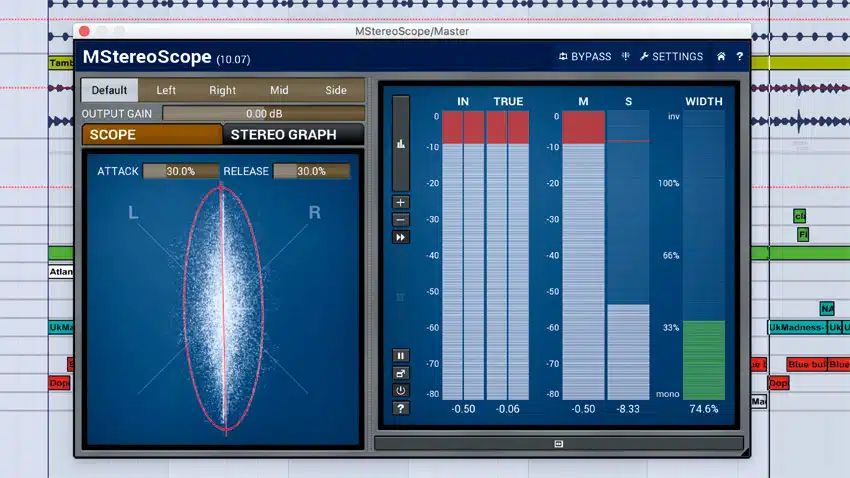
In the pursuit of creating a vast stereo image, many producers forget the importance of mono sounds.
Remember, certain sound systems (like club PA systems or some radios) play music in mono.
If your mix is too dependent on stereo elements, it might sound displeasing or amateur on these mono-playback systems.
In fact, the key to a good stereo mix is actually to mix in mono!
You’d be surprised at the mind-blowing stereo mix you can create using all mono tracks.
#3. Phase Issues
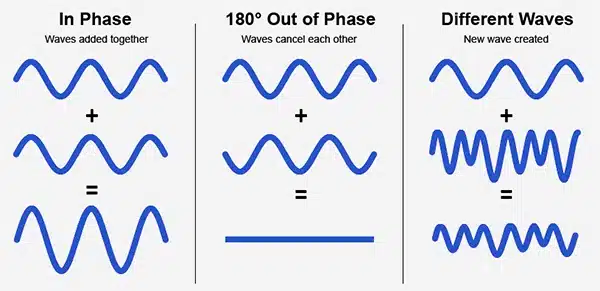
When using stereo effects or recording in stereo mode, it’s crucial to be wary of phase issues.
This can cause certain elements of your track to disappear when summed to mono 一 hence, the ‘mix in mono’ hack we just discussed.
Creating Stereo From Mono Signals
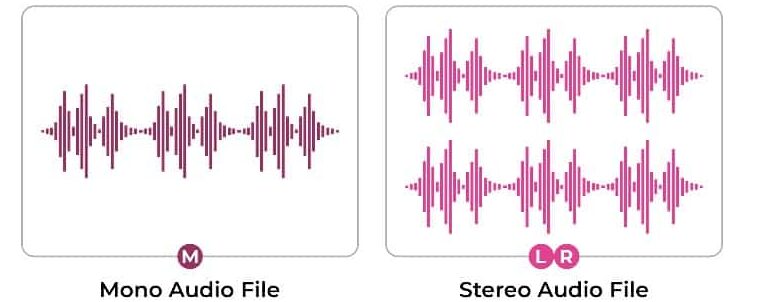
It might sound like alchemy, but turning a mono track into a stereo one is an art and a science that can benefit from the following tips and hacks.
Doubling & Panning:
- Duplicate your mono track.
- Pan one to the left and the other to the right.
- Then, make slight variations to one of them
This can include elements like pitch (by a few cents) or timing adjustments; just a nudge or the smallest equivalent offset value available.
Doing so can create not just a stereo feel, but essentially a stereo signal.
Stereo Effects
Using stereo effects like chorus, reverb, or stereo wideners can add width to a mono signal.
Just remember to use these stereo effects sparingly.
Too much can lead to a washed-out, undesirable sound that nobody wants to hear.
Delay Trick
Apply a short delay (10-40ms) to one side (left or right) of your mono signal.
This creates a Haas effect and makes the sound appear to be stereo.
While the Haas Effect can indeed enhance the stereo perception, it’s essential to use it with caution.
Over-reliance can lead to phase issues when the track is played back in mono.
Bonus: Demystifying Mid-Side (MS) Audio & Logic’s Dual Mono
Mid-side (M/S) processing is a technique that lets you separately handle the center (mid/mono) and sides (side/stereo) of a stereo audio file.
It can be a secret weapon for precise mixing and mastering tasks.
#1. Mid-Side (MS) Equalization
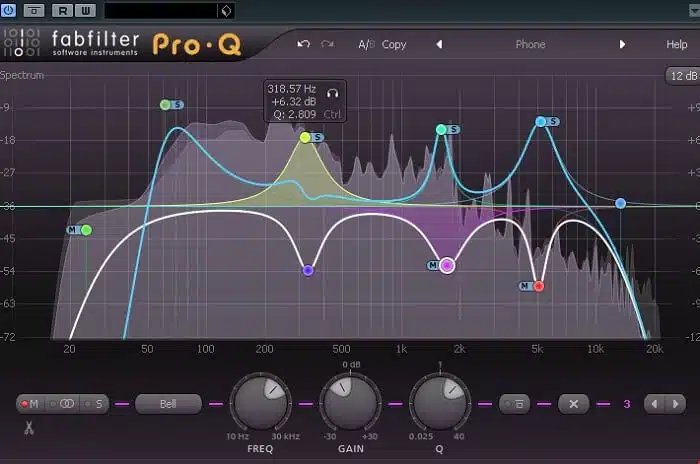
Let’s say you’re mastering a track, and the vocals, which are usually in the center or ‘mid,’ need a little brightness.
With MS EQ, you can boost the high frequencies of the mid/mono signal without affecting the sides.
#2. Stereo Imaging
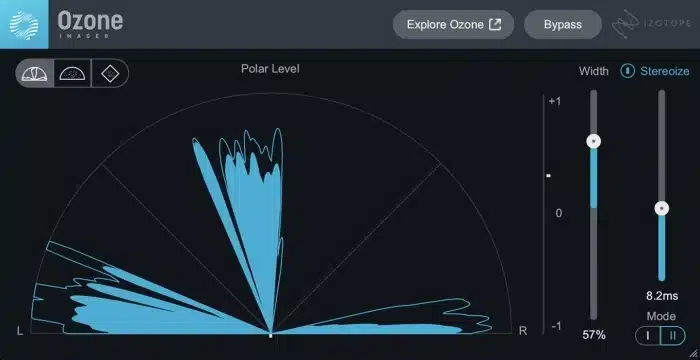
If your mix sounds too narrow, MS processing can widen it by emphasizing the sides.
Conversely, if it’s too wide, you can bring more focus by boosting the mid.
#3. Logic’s Dual Mono
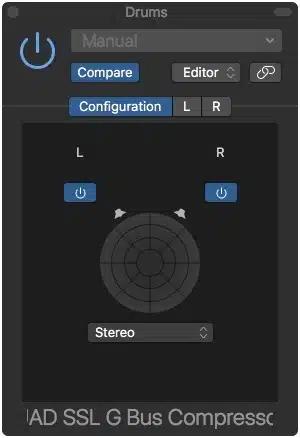
If you’re a Logic user, then you might be aware that you can treat any stereo track imaginable as two separate mono tracks.
This gives you way more control over each channel.
It also turns any plugin you own into a special mid-side processing version of itself, which is a super cool feature of this digital audio workstation.
Remember, these techniques can elevate your production to professional levels when employed with care.
Stereo vs Mono: Final Thoughts
Diving deep into the world of stereo vs mono has shown you the essential role they play in achieving pristine tracks.
It’s the backbone of crafting high-quality, professional-grade tracks.
The dance between stereo vs mono isn’t just a technical nuance; it’s the foundation of a clear, balanced mix.
Recognizing the interplay between stereo vs mono ensures your tracks shine across all playback systems.
But as we know, true mastery comes from practice and real-world application.
To help you achieve this, we’ve discovered a completely new, highly revered FREE Project Files pack.
These aren’t just any files — each one showcases the art of blending stereo vs mono to perfection.
Analyzing these will allow you to experience stereo vs mono in action and enhance your understanding/application of these critical concepts.
Armed with this knowledge and these resources, you’re set to make tracks where stereo vs mono work in harmony.
Ignoring these principles can lead to mixes that sound unprofessional or are plagued with phasing issues (especially when played on different systems).
So, go ahead and create the most balanced beats in the game, the worlds need them.
Until next time…







Leave a Reply
You must belogged in to post a comment.